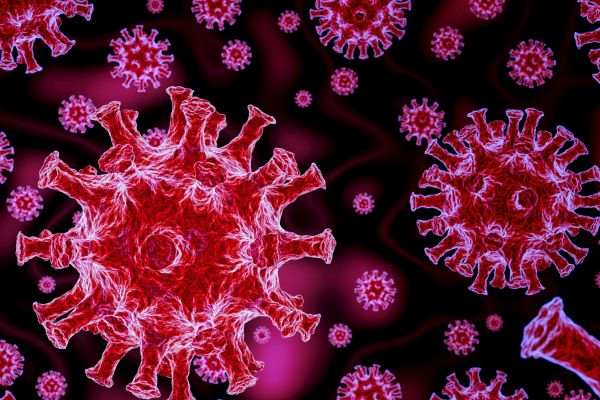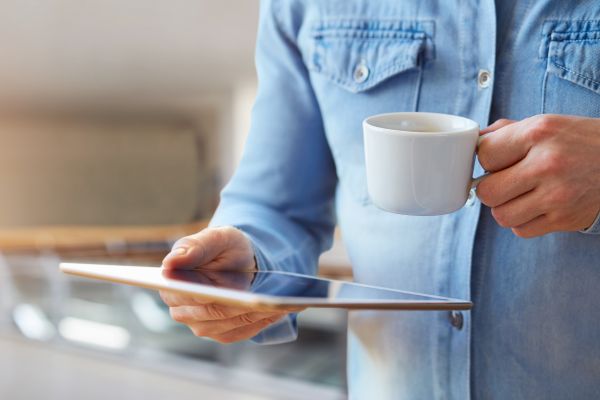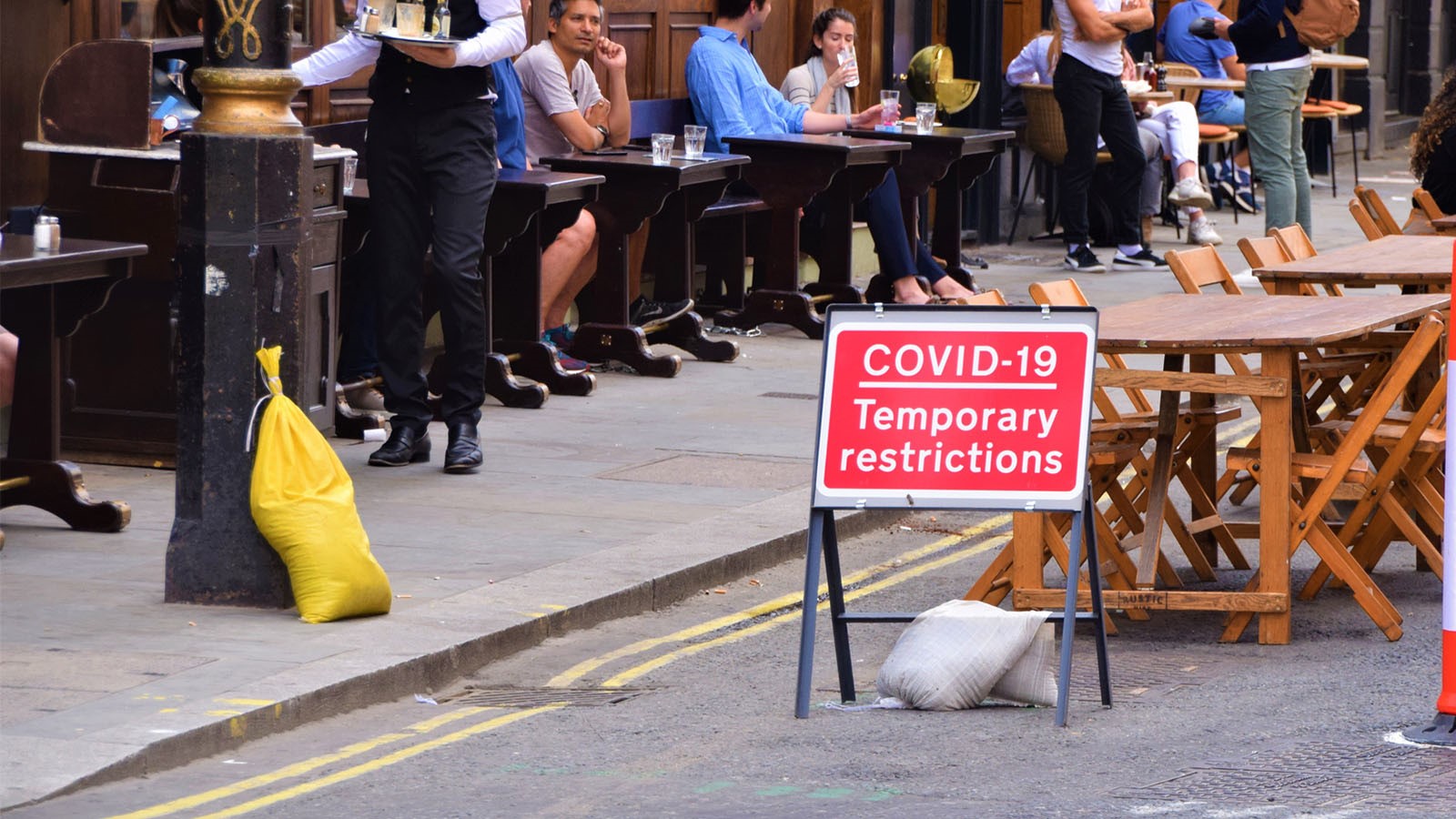Across the UK the Covid regulations have changed in response to increasing infection rates, with significant local differences in restrictions. These affect rules on meeting other people, public and social gatherings and events, and the operation of hospitality and leisure venues.
To find out what this means for practising face to face see Rules and restrictions across the UK.
What are England's new lockdown rules?
England's current lockdown will end just after midnight on Wednesday 2 December. After that, regions will be placed in one of three tiers: medium, high and very high. Following announcements yesterday (26 November) most of the country will be in Tiers 2 and 3.
Tier 1 (medium)
Areas in the lowest tier will have some restrictions relaxed:
- the rule of six will apply indoors and outdoors
Tier 2 (high)
- you can't socialise with other households indoors
- you can meet in a group of up to six outside - including in a garden or a public place
- shops, gyms and personal care services (such as hairdressing) can reopen (if COVID secure)
- collective worship, weddings and outdoor sports can resume (with restrictions)
Tier 3 (very high)
Additional restrictions apply, including:
- you can't mix with other households indoors, or in private gardens and pub gardens
- you can meet in a group of up to six in other outdoor spaces, such as parks, beaches or countryside
- hospitality venues - such as bars, pubs, cafes and restaurants must close, except for delivery and takeaway services
- you're advised not to travel to and from tier three areas
What are Northern Ireland's rules?
Northern Ireland will go into a two-week circuit-break lockdown from Friday 27 November:
- households cannot mix indoors in private homes, except for exemptions including bubbles and childcare
- close contact services (beauticians, hairdressers, tattoo parlours etc) must close
- non-essential shops must close, with some exceptions including services relating to mental health
Read Northern Ireland's official guidance.
How does Scotland's new five-tier system work?
Each area of Scotland has been placed in one of five levels.
- Level 0 - near normal life
- Level 1 - in Orkney, Shetland and the Western Isles, up to six people from two households can meet inside their homes. This is not allowed in Highlands or Moray. People living in all level one areas can meet up to seven other people outdoors, from a maximum of three households
- Level 2 - no gatherings inside people's homes, but up to six people from two households can meet outdoors or at a pub or restaurant. Most hospitality venues can open.
- Level 3 - no indoor gatherings at home. Leisure and entertainment venues are closed. People are advised against non-essential travel in or out of the area.
- Level 4 - non-essential shops, pubs and restaurants and gyms must close. These measures are due to be lifted on Friday 11 December.
People living in level three or level four must not travel outside their own council area, except for certain essential purposes, including healthcare. Those living elsewhere in Scotland must not travel to Level 3 or Level 4 areas, apart from in limited exceptional circumstances.
There must also be no non-essential travel between Scotland the rest of the UK.
Read the guidance from the Scottish Government
What are the rules in Wales?
Lockdown restrictions in Wales were eased on 9 November.
The current rules say:
- two households can form a bubble and will be able to meet in their own homes
- up to 15 people can meet for organised activities indoors, rising to 30 outdoors
- all businesses required to close during the lockdown can reopen
- travel throughout Wales is permitted, but people can only go to England for essential purposes, such as work
People who don't live with you still cannot come into your home socially, unless you are in an extended household (bubble) with them. Tradespeople can enter your home to carry out work.
Read the official guidance for Wales
Related links

Coronavirus (COVID-19)
Guidance and resources for members

Workforce
In the context of a challenging employment market, driving growth in paid opportunities and bringing employers closer to our professions is a key priority for BACP.

Sharing your experiences
Marking one year since the start of lockdown, we’re sharing your blogs about the impact the coronavirus pandemic has had on you, your practice and your clients
